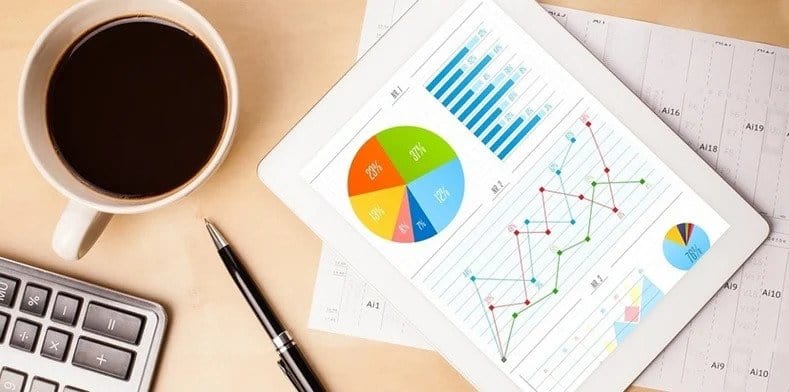There was once a time when accounting and bookkeeping occurred in a darkened room by one individual. Any updates on how the retail business was doing were left until this individual had gotten on top of the books and sent a report back on what has gone well, what not so well and how things can be improved.
‘In year’ reporting used to be difficult, time consuming and quite frankly, a bit of a mess. These were the days before modern cloud accounting took over – before retailers and their accountants thought twice about 400 year old accounting practices.
And now that cloud accounting has taken over, Finance Managers, Bookkeepers and Accountants are looking for ways in which they can truly rock at modern cloud accounting, which is where these best practice tips may come in handy.
Tip #1: Secure your data with a backup plan
When using a cloud accounting system, you should be able to sleep soundly in the knowledge that your system is performing automatic updates and data backups regularly. But this still shouldn’t take away from the fact that you should do your own backups at regular intervals too. Bi-weekly or once a month would be a good option. Not only does this offer you even more protection, but you will then always have a hard copy of your data should you ever need it.
Tip #2: Integrate your accounting
Gone are the days when your accounting would be separate from the rest of the business. Thankfully, this means we also say goodbye to endless days, hours and weeks getting all of your accounts in order through use of manual data imports and journals. To truly embrace the realm of modern cloud accounting, your system should integrate your accounting with your: sales, purchases, inventory, employee expenses and more. After all, we know that there are many facets to a retail business!
Tip #3: Reconcile transactions regularly
To ensure your reports match your bank and credit card transactions 100 percent, it’s useful to reconcile your transactions regularly. Depending on how many you post over a given period of time, you may find once a month is ideal or bi-weekly may be preferred. If there is any discrepancy between your real-life transactions and those found in your accounting system, then update those accounts and you’ll be able to move forward with your reconciliations. This means that when it comes to year end, you should feel safe in the knowledge that you’ve been reconciling as you go; rather than it being a large job just before submitting end of year tax reports.
Here are 15 tasks to help you breeze through your next bank reconciliation.
Tip #4: Keep an audit trail
When working in the cloud, we all know that each staff member can access the system on the go – great news for those opting for virtual accountants! But with this, comes the worry that if something changes, it’s impossible to see who changed what and when. A great accounting system will provide an audit trail – both for the accounts and for other major changes, allowing you to easily put things back in place if anything is updated incorrectly.
Tip #5: Remember your true costs
If your accounting is integrated with the rest of the business, including inventory (the most important asset of any retail business), then you must always remember to account for the true costs of products. I am of course talking about those all important landed costs, which can sometimes be overlooked. When bringing goods in and out of the warehouse, there are extra costs to factor in beyond just the retail and vendor price. Have you had to insure the items during transit? Did you pay for extra freight and carrier charges? What about taxes if buying or selling overseas? All of these costs must be accounted for, either manually or automatically – if your system allows for that.
Tip #6: Collaborate!
With less time spent on manipulating data to create manual reports, more time can be spent on both interpreting the data and collaborating with the rest of the business. As you regularly report on cash flow, profit and budgets, if you spot anything that can be improved, then work with the team leaders throughout the business to implement changes. And the great news about this real-time data means you can keep an eye on how these changes are working, and if needed, change things up again and again – until your processes are 100 percent right for the business and its financials. Gone are the days of accountants acting as a mathematical tool only, and instead they become free to collaborate and act as business consultants.




